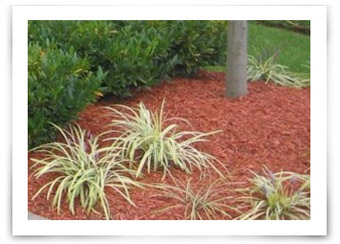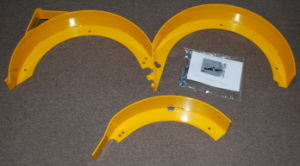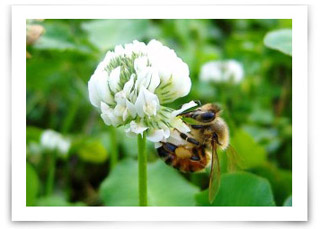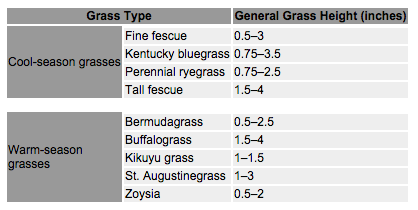Choosing the Best Mulch Color for Your Lawn and Garden
Mulch isn't a one-size-fits-all solution. There are many different types of mulch for your lawn and garden needs, with a wide variety of colors to choose from, spanning every color of the rainbow. Thankfully, there are only three commonly-used dyed mulch colors, so we will focus on them. We have compiled information on how to pick the best color mulch for your yard, making it an easier decision.

Red Mulch
If you close your eyes and envision red mulch, you may picture a relatively commercial area, such as a cluster of office buildings, a park, or a line of restaurants. This color mulch is used extensively in these types of places, and it works well if the plants, trees, and shrubs are lighter colored-vegetation. Red mulch's vibrant color provides good contrast to light plants, and also works well in rock gardens. It's important to pay attention to driveways and sidewalks with this color mulch; light concrete may be stained by red mulch.
Seventeen percent of the mulching industry is composed of red mulch, and today's types of red mulch are typically treated with iron oxide or organic, soy, or vegetable-based dyes, decreasing the concern over harmful contaminants affecting landscapes. Red mulch typically decomposes more quickly than other natural bark mulch, because it's often made from recycled wood chips.
Brown Mulch
Brown mulch is a nice touch to any lawn and garden, and its natural color makes both light and darker-colored plants appear vibrant when paired together. This color mulch works well in small areas, but tends to lose its beautiful color after just one season. However, the fact that it complements all shades of green makes it an easy choice for those focused on the aesthetics of their yard. It truly is a universal color that you can't go wrong in picking.
Black Mulch
Black mulch also does well in commercial areas due to its long-lasting color. But, since black attracts and retains sunlight and heat, this mulch cannot be used in areas with delicate plants. In cooler regions of the country, black mulch works well, but hot climates don't pair as well with black mulch, as it can affect plant growth.
Other Key Thoughts
Make sure you consider house or building color when choosing mulch. A red brick house probably won't fare well with a red-hued mulch; it should have a contrasting color, such as black or brown.
Additionally, if you're having a hard time visualizing the color mulch you'd like, the next time you're out lawn mowing, keep an eye out for different colors of mulch in your neighbors' lawns. Sometimes, seeing it in someone else's yard can help, instead of looking at the bag of mulch.
Mulch plays a big part in the overall appeal of your home and lawn. If you're concentrating on lawn maintenance and have a perfectly green lawn to show off and fresh, vibrant, rich-looking mulch, it will help tie the whole picture together. The difference in a mulched or un-mulched yard is drastic, but there's no need to stress about getting it done. You can either do it yourself or call a lawn care service for help.


